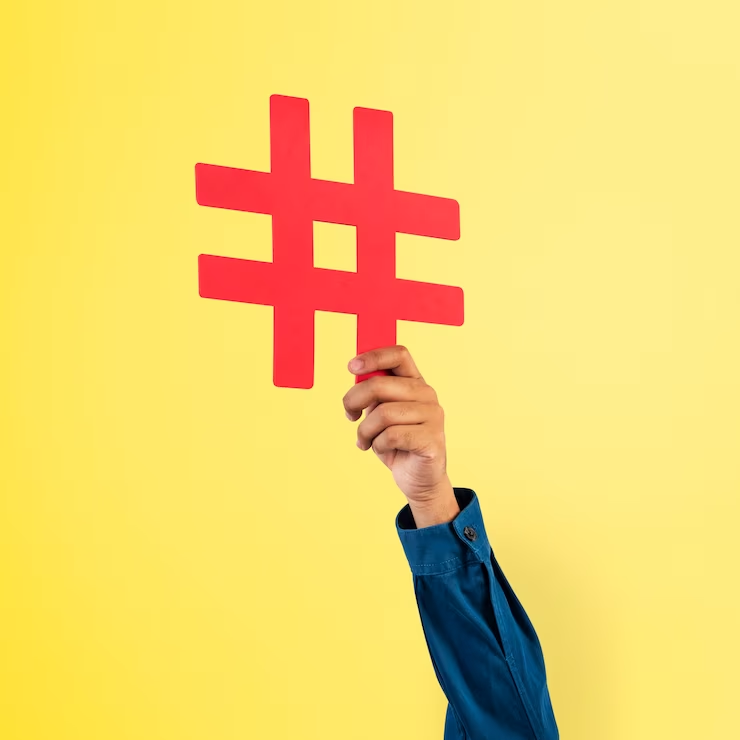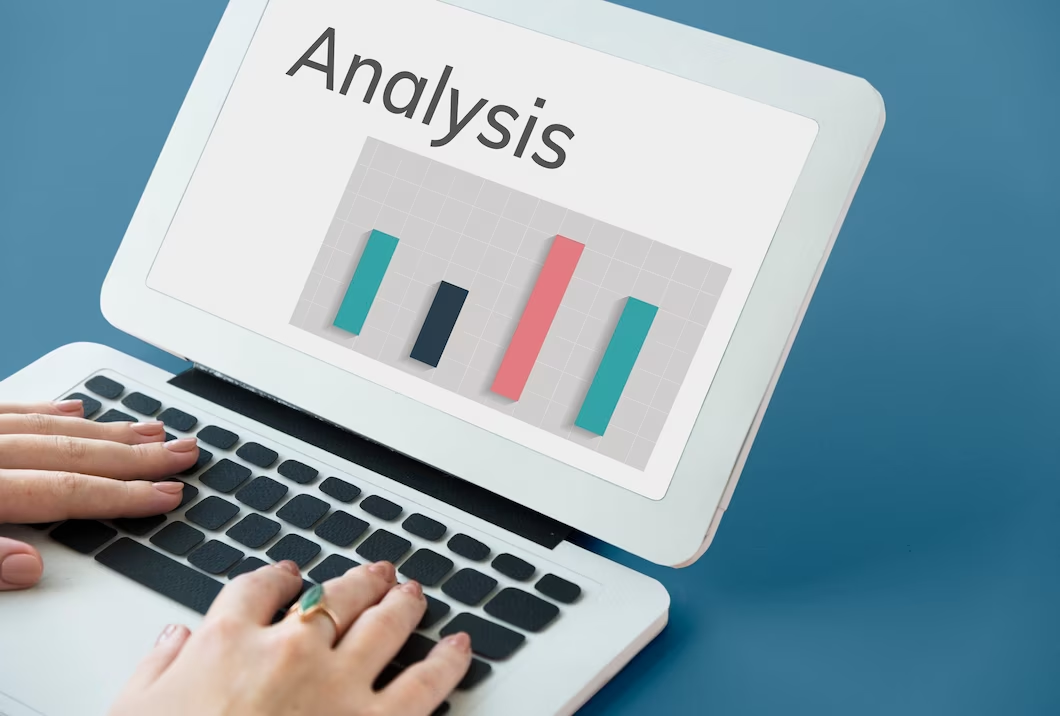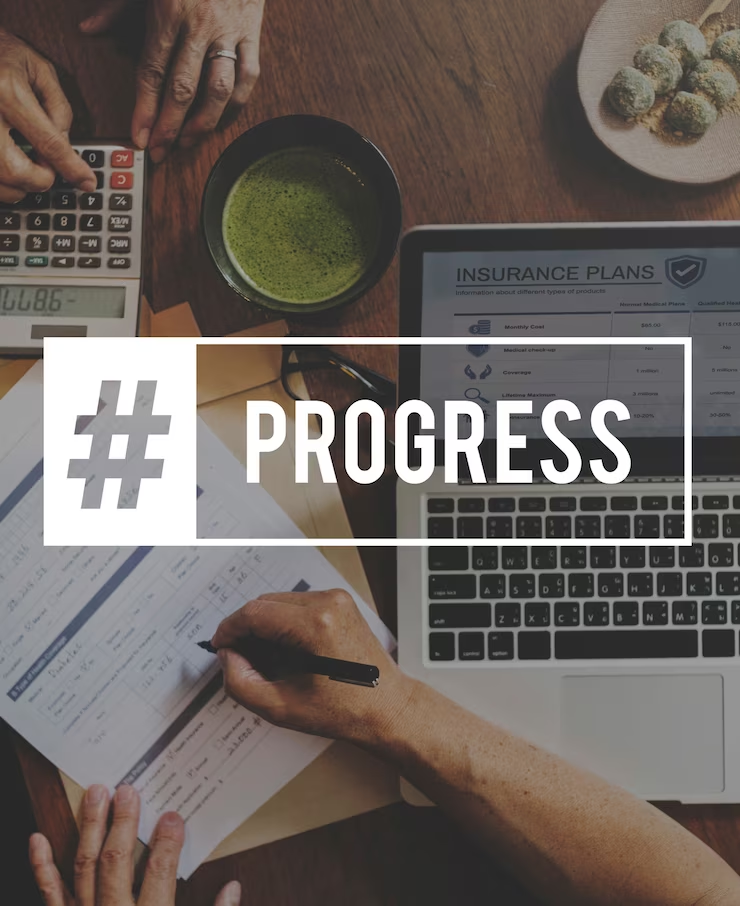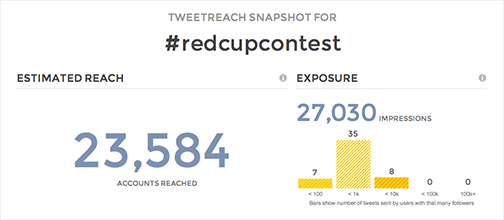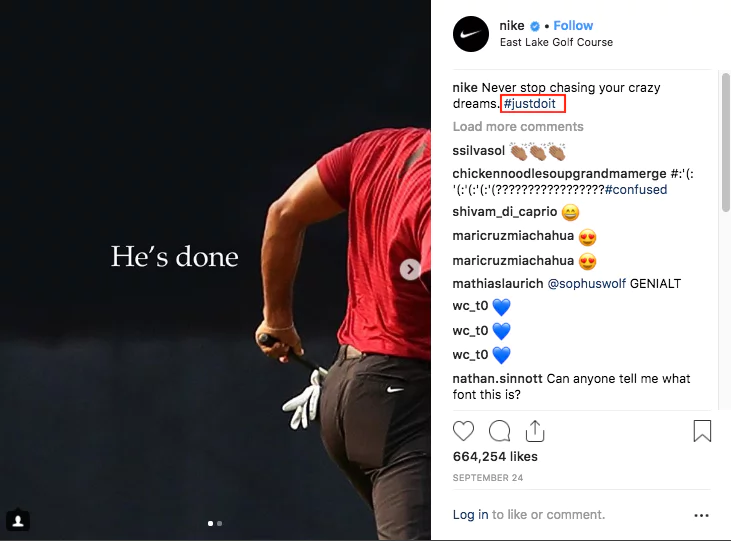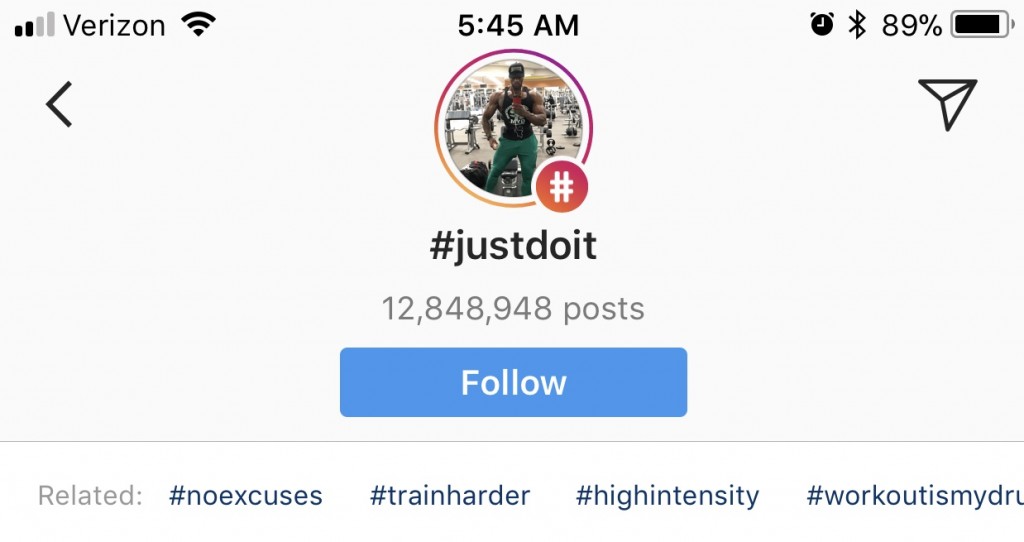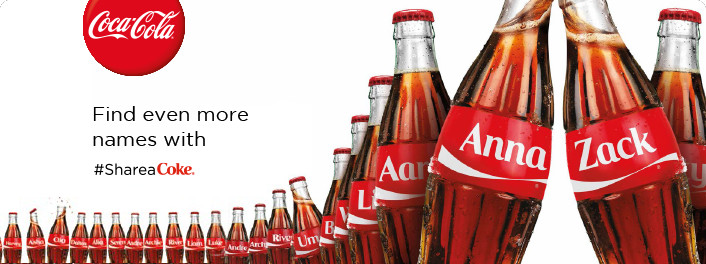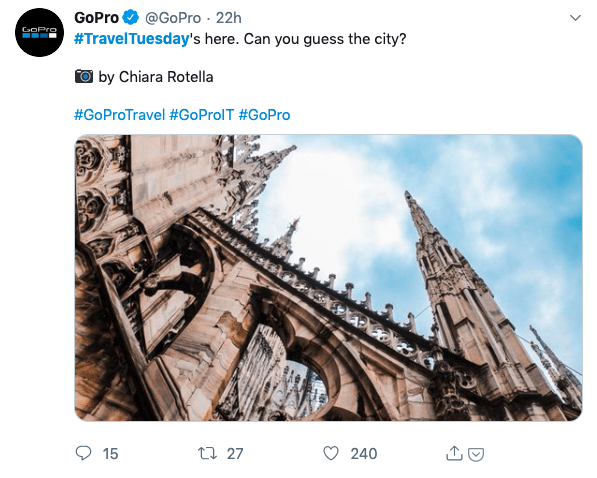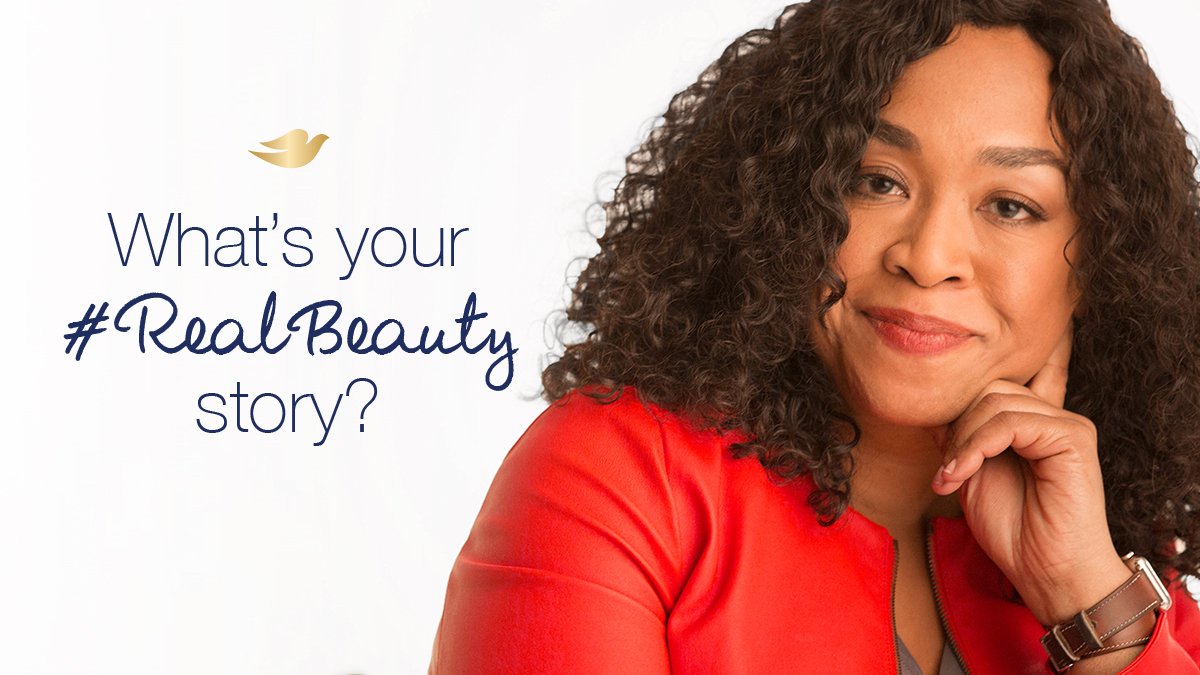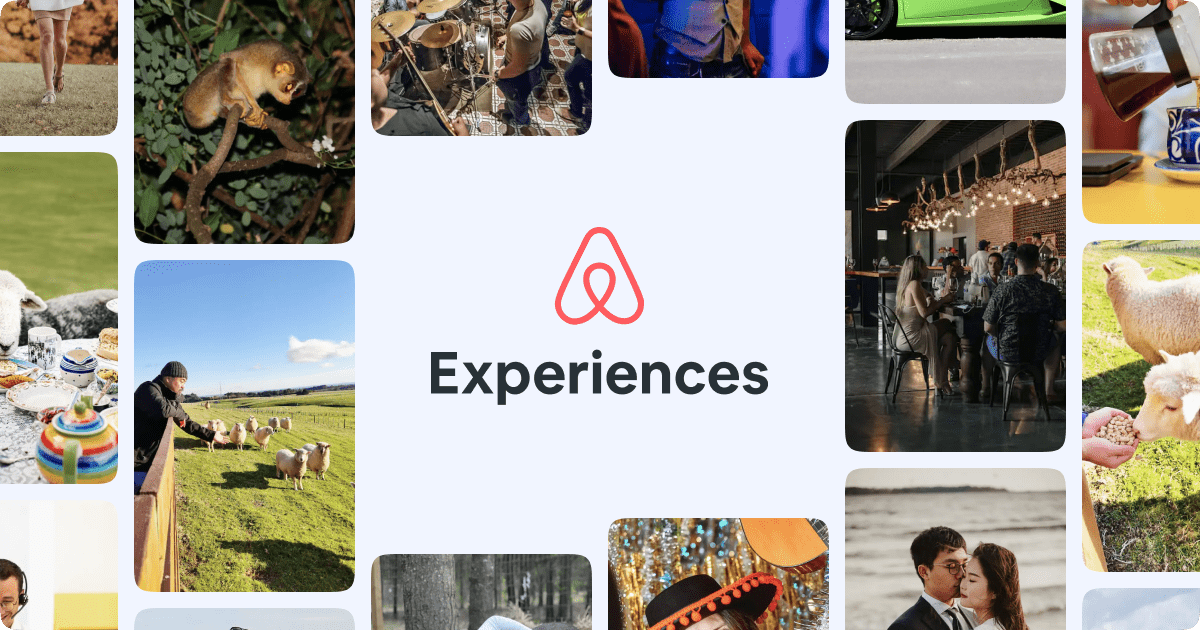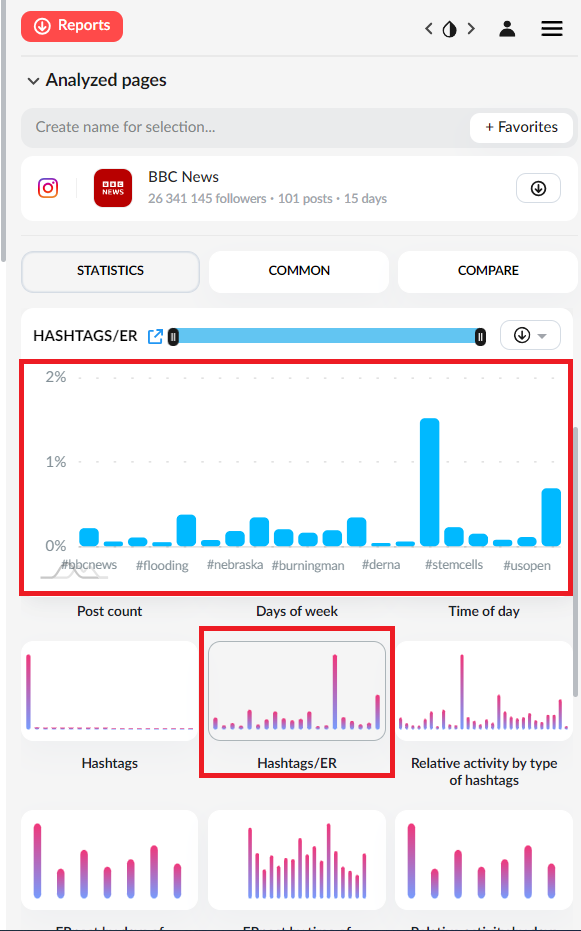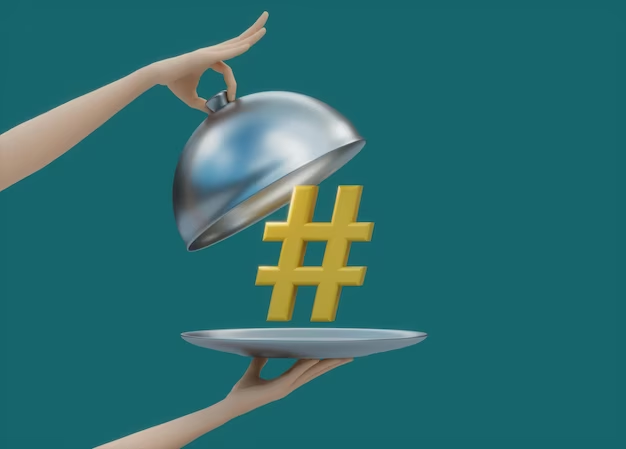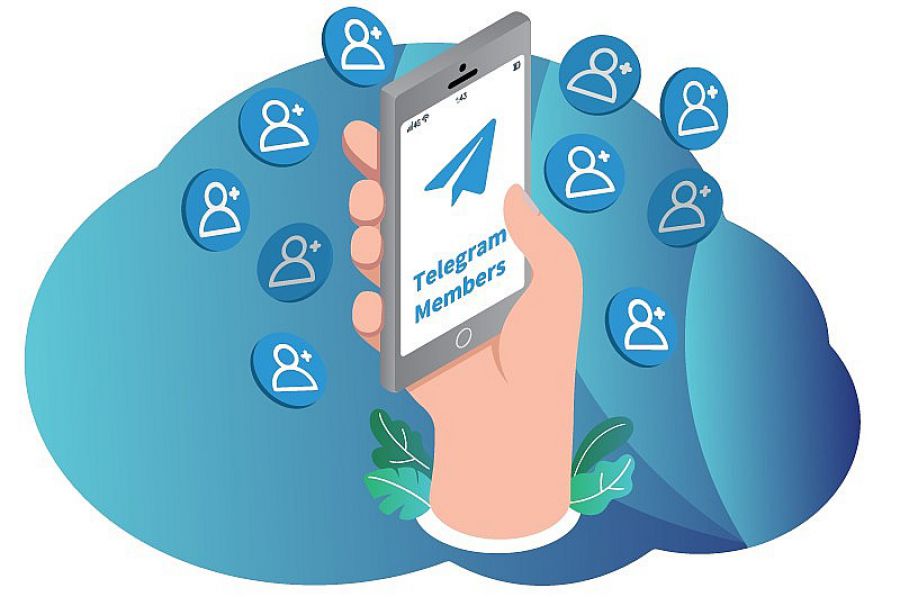Hashtags in Social Media: Statistics and Analytics
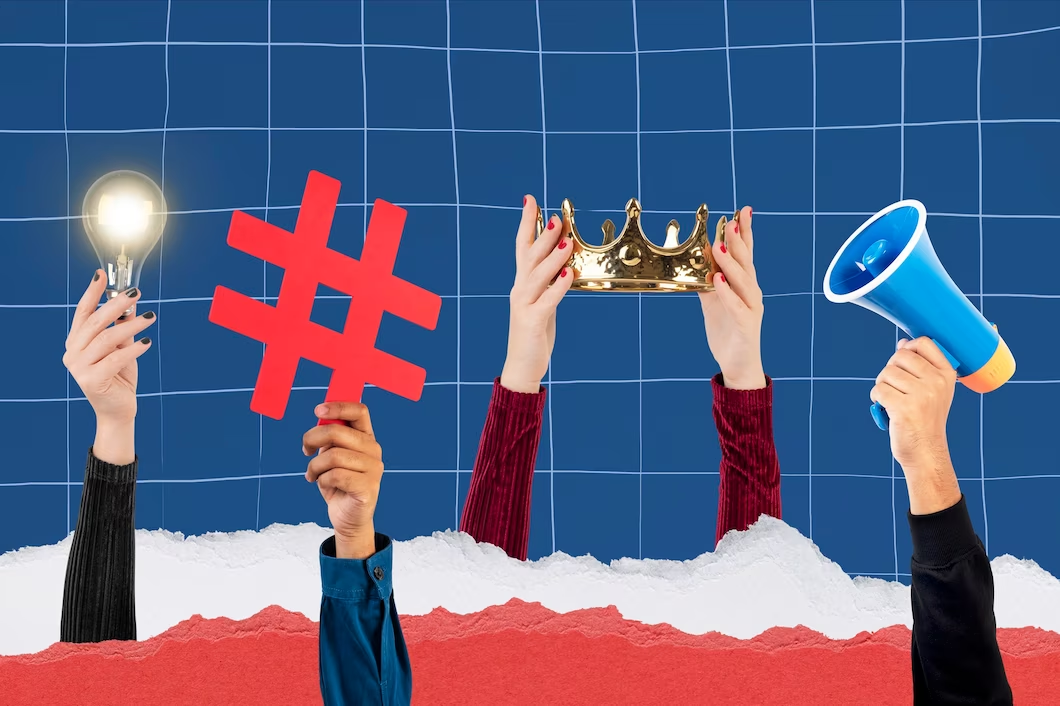
Hashtags are one of the tools for organizing and discovering content on social media. Hashtags help group posts and messages together, making them accessible to users interested in a specific topic or event. They serve as a bridge between content creators and their target audience.
However, using hashtags is more than just adding "#" to words. Effective hashtag usage requires strategy, analysis, and optimization. This is where hashtag analytics and tracking services play a crucial role. In this article, we will explore how these services help maximize their effectiveness and increase the visibility of your content.
The role of hashtags in social media content creation
- Categorization and Content Organization:
Perhaps, in today's context, when increasing reach through hashtags is not as relevant, content organization is one of the main functions of this tool. Hashtags help organize your content and make it more accessible to users who are looking for information on specific topics or interests. - Content Effectiveness Analysis:
Hashtags allow you to track which topics or keywords are most effective in attracting an audience. With analytical tools, you can measure which hashtags generate more engagement and conversions, and optimize your strategy accordingly. - Increasing Visibility:
Hashtags make your content accessible to all users interested in specific topics or keywords. When someone searches for or clicks on a hashtag, they see all posts containing that hashtag, regardless of who posted them. This opens up your content to a new audience. - Expanding Audience Reach:
By using popular and relevant hashtags, you can reach a broader audience. Posts with popular hashtags can appear in thematic feeds and attract the attention of users who are not following you. - Participation in Trends and Events:
Hashtags allow you to actively participate in current events, trends, and discussions. You can create your own hashtags for special promotions or actively use those related to popular topics, holidays, or events. - Branding and Community Building:
With unique branded hashtags, you can create a community around your brand or product. Users can use these hashtags to share their experiences, photos, and stories related to your product or service.
The Importance of Hashtag Analysis for Successful Social Media Promotion.
Hashtag analysis holds significant importance for successful social media marketing. Here's why:
- Understanding Your Audience: Hashtag analysis allows for a better understanding of your target audience's interests and needs. You can identify which topics, keywords, and hashtags they actively use, helping you create content that resonates with their interests.
- Identifying Trends and Current Topics: Analyzing popular hashtags and thematic trends keeps you informed about the most current discussions on social media. You can timely engage in these discussions and use relevant hashtags to increase the visibility of your content.
- Competitor Monitoring: Analyzing your competitors' hashtags helps you understand the strategies they employ for promotion and topic selection on social media. This can inspire you to create a more effective strategy or learn from their mistakes.
- Campaign Effectiveness Assessment: When running marketing campaigns, analyzing thematic hashtags helps evaluate their success. You can determine how many participants the campaign attracted, which can aid in refining your future approaches.
Ultimately, hashtag analysis not only assists in creating more targeted content but also makes your social media strategy more efficient and fruitful.
Best use of hashtags in 2023
Currently, the most effective way to use hashtags is as a categorizer. Hashtags, used as a categorizer, represent an efficient method of organizing content on social media and a convenient tool for analytics. Categorizing content using hashtags allows you to divide your profile into thematic categories.
For example, you can create a category like #Information for educational posts and #Humor for comedic content. This makes your profile more structured and user-friendly.
It becomes easier for followers to find content that interests them. They can simply click on a hashtag and view all posts marked with that tag. This increases audience satisfaction and maintains their engagement.
By using hashtags as a categorizer, you can easily track which categories are most popular among your audience. Analytics services provide metrics such as Engagement Rate (ER) for hashtags, enabling you to determine which categories and themes attract more attention and engagement. You can adapt your content strategy by focusing more on popular categories and creating more relevant content for your audience.
Examples of successful hashtag usage by companies:
Starbucks - #RedCupContest
Starbucks launched the #RedCupContest campaign during the holiday season, encouraging customers to share photos of their red cups, symbolizing the start of the festive season. Random winners are selected from participants, who receive gift cards. This hashtag became Starbucks' signature during the holidays and contributed to increased engagement and sales.
Nike - #JustDoIt
The #JustDoIt hashtag has become legendary and identifies the Nike brand. It is used to support athletic achievements and inspire customers. This hashtag helps Nike emphasize its mission and become a symbol of motivation.
Coca-Cola - #ShareACoke
The #ShareACoke campaign allowed Coca-Cola to personalize its bottles by adding names to them. This hashtag encouraged people to share drinks with friends and loved ones, creating a positive community around the brand.
GoPro - #GoProTravel
GoPro encourages its customers to use the #GoProTravel hashtag when posting photos and videos taken with their cameras. This allows them to create a vast community of people who travel and share their adventures. In addition to this, GoPro has other thematic hashtags like #TravelTuesday.
Dove - #RealBeauty
Dove uses the #RealBeauty hashtag as part of its campaign dedicated to diversity and true beauty. This hashtag promotes discussions on self-acceptance and positive self-esteem.
Dove asked people to tag them in their posts and also post with the hashtag #RealBeauty. Using hashtags also allows people to share their stories and read others' stories in one place. Personal stories help people communicate and participate in this campaign.
In 2015, this hashtag was used over 168,000 times.
Airbnb - #AirbnbExperiences
Airbnb promotes its "Experiences" section with the hashtag #AirbnbExperiences, helping customers discover unique and interesting vacation options.
Hashtag Analytics Service
We recommend using the social media analytics service called Popsters. Popsters allows you to track and analyze hashtags across various social media platforms such as Instagram, Twitter, Facebook, YouTube, TikTok, and Telegram. You can discover which hashtags are the most popular, how they impact the reach and engagement of your content, and which hashtags your competitors are using.
For example, by uploading the BBC News profile on Instagram* and selecting the Hashtag/ER (Engagement Rate) metrics, we can see which topics are most interesting to people when reading the news:
Popsters enables you to analyze any profiles as well as posts in general. This can help you better understand which hashtags and themes are effective within your niche.
Tips for Using Hashtags
Choosing and Using Relevant Hashtags:
Research the topic and audience: Understanding your audience's interests and needs will help you select the most relevant hashtags.
Use a variety of hashtags: Combine popular hashtags with less popular ones to expand your reach and attract a diverse audience.
Local hashtags: If your business targets a specific region, use local hashtags to attract local customers.
Brand-specific hashtags: Create unique hashtags related to your brand or products. They can help build a community around your company.
Keep an eye on trends: Temporarily using trending hashtags and participating in trends can significantly increase the visibility of your content.
Common Mistakes:
Using unrelated hashtags: Hashtags should be related to the content of your post. Using popular hashtags that have no relevance to your topic won't be beneficial.
Creating overly complex hashtags: Complex and lengthy hashtags can be hard to understand and read. Try to make hashtags concise and easy to remember.
Be cautious with automatic hashtag generators: Use automatic hashtag generators wisely and ensure they genuinely match your content.
Personalize your hashtags: Avoid copying and pasting the same hashtags into every post. Customize them to suit the specific content.
Don't overdo it: It's unnecessary to use 15-20 hashtags. 2-4 hashtags are sufficient; otherwise, there's a risk that your profile may get shadowbanned.
Comparison of Hashtags on Different Social Media Platforms:
Instagram:
- Thematic Hashtags: Instagram is a popular platform for visual content, so thematic hashtags related to photos and visual arts often work well. For example, #Travel, #Food, #Fashion.
- Local Hashtags: If you are targeting a specific location or region, using local hashtags can help you reach a local audience.
- Brand-specific Hashtags: Creating unique hashtags related to your brand or product helps build a community and recognition.
- Like-for-Like (L4L): Hashtags like #like4like and similar ones are often used to promote content. This can provide a boost after posting and increase the chances of being recommended. However, remember to remove bots from comments.
Twitter (X):
- Trending Hashtags: Twitter is actively used for discussing current events and trends. Using relevant hashtags related to the discussed topic can significantly increase the visibility of your tweet.
- Initiative Hashtags: Some hashtags become symbols of actions and movements, such as #MeToo or #BlackLivesMatter. Using such hashtags can express your support for social and public issues.
TikTok:
- Dance Hashtags and Challenges: TikTok is known for its dance trends and challenges. Participating in popular trends using relevant hashtags can make your content go viral.
- Hashtags for Creative Content: TikTok values creativity, so hashtags related to art, music, and creative projects can attract an audience.
- Algorithm Customization: When creating a new profile, use hashtags to help algorithms better understand which audience interests you.
It's important to remember that the effectiveness of hashtags may vary depending on your target audience and goals. Regular monitoring and data analysis will help you determine which hashtags work best for your content and help you achieve your desired results.
Useful article on a similar topic:
- The ultimate guide to Instagram account analytics: important metrics, insights, and tools.
Try Popsters Trial plan to get content activity statistics of any pages for a next 7 days for free
Try for free
